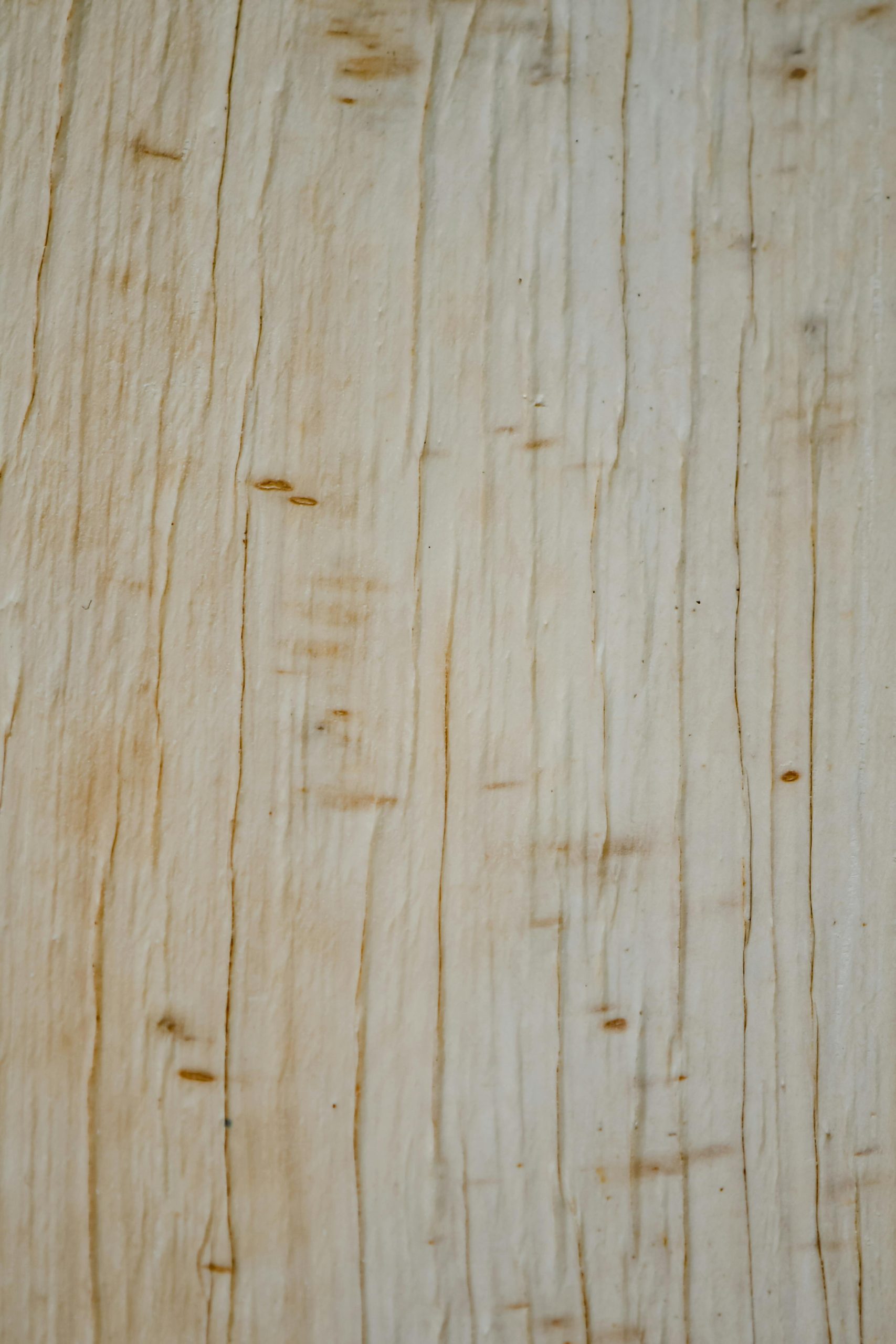Understanding Continuous LVP Flooring and Insurance Coverage Challenges
As a general contractor practicing in Nevada, I recently encountered a perplexing situation related to water damage restoration and flooring coverage that I believe warrants some expert insight. I hope to shed light on this scenario and seek advice from experienced professionals.
Case Overview:
I am currently working on a water damage claim at a family’s residence. After mitigation, most of the remaining flooring—the luxury vinyl plank (LVP)—was removed, except in a few bedrooms accessible from the main hallway. The LVP was installed as a continuous, seamless surface from corner to corner, without any visible transitions or breaks.
The homeowner, who shared the space with their elderly father—an individual with mobility challenges using a walker—expressed a desire to maintain a uniform flooring surface across the entire area. Their primary concern revolves around safety, specifically eliminating transition strips that could pose a tripping hazard.
Scope and Dispute:
Based on this, I prepared a full replacement estimate in Xactimate, aiming to restore the flooring seamlessly throughout the affected areas. However, the insurance adjuster is hesitant to approve this, citing their policy on “matching line of sight” as their reason for denying coverage.
The confusion arises because:
– The entire hallway, where the damages occurred, features no natural breaks or transitions—just uninterrupted continuous flooring.
– The only potential breaks are at doorways, which are currently finished with flood cuts and exposed concrete beneath.
– The damage was localized to bathroom walls, but the flooring in the shared hallway and adjoining rooms is uniform.
The adjuster’s stance suggests they might consider doorways or temporary cuts as natural breaks, but this seems inconsistent with the homeowner’s preference for a continuous surface free of transition strips.
Additional Considerations:
The existing floor installation involved floating the new LVP over old flooring—originally glued-down hardwood in parts—and the process caused significant concrete gouging during removal. As a result, I plan to grind and level the subfloor extensively, which will affect the feasibility of installing low-profile transition strips or achieving a perfectly flat surface seamlessly.
Request for Expert Advice:
Given these complexities, I am seeking guidance on how to effectively communicate with the insurance adjuster. How can I best advocate for coverage that aligns with both the homeowner’s safety needs and the practical realities of the flooring installation? Are there industry standards or precedents that support continuous flooring without visible transitions, especially in cases like this?
If anyone has experience navigating similar insurance claims or technical insights into



